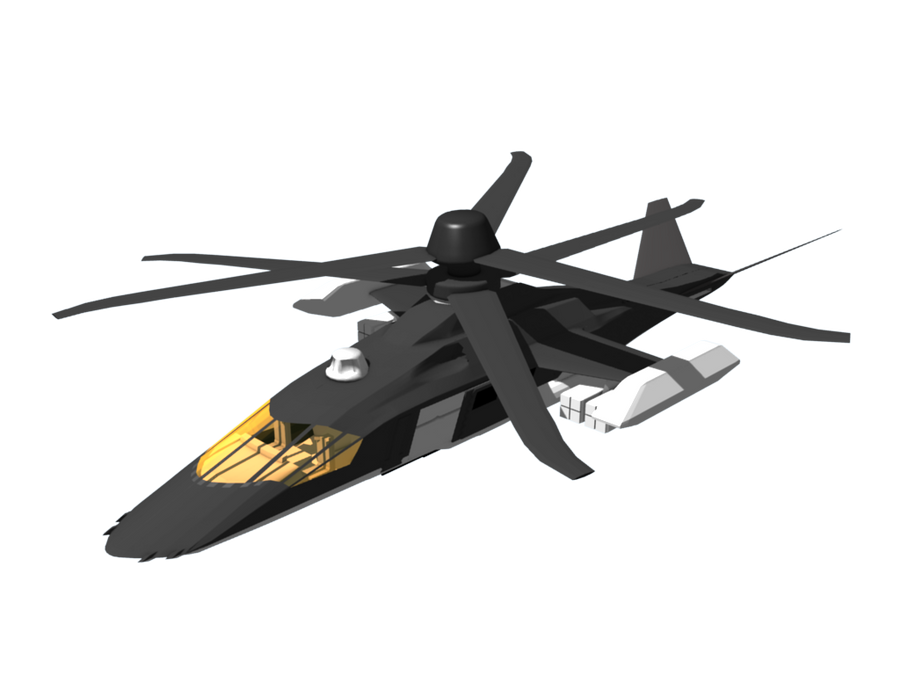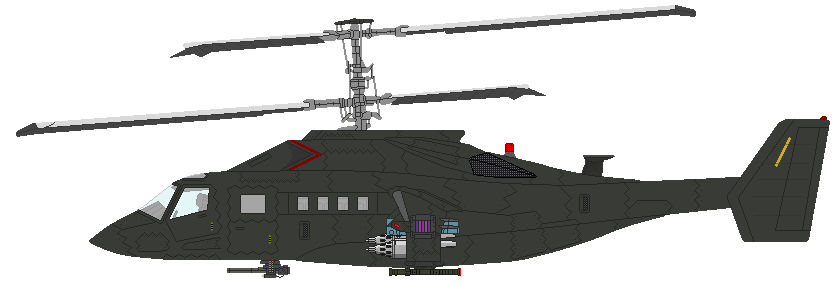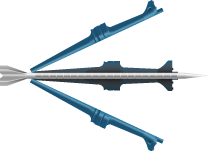
. M Y R M I D O N . T A C T I C A L . D E S I G N . C O N S O R T I U M .
Thank you all for your patronage during our trial opening period!
During the time since we opened, we have had many customers and received an immense amount of support. We at Myrmidon Tactical Design would like to thank each and every one of you for your support of Myrmidon as we developed and grew. We now have a new Storefront that will be opening this week and would like to invite you all to our new home as we re-open into our new space! Thank you all again for your business.

























